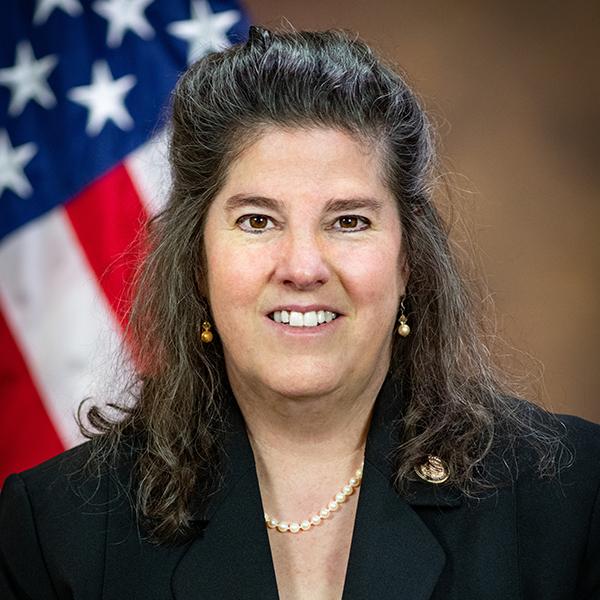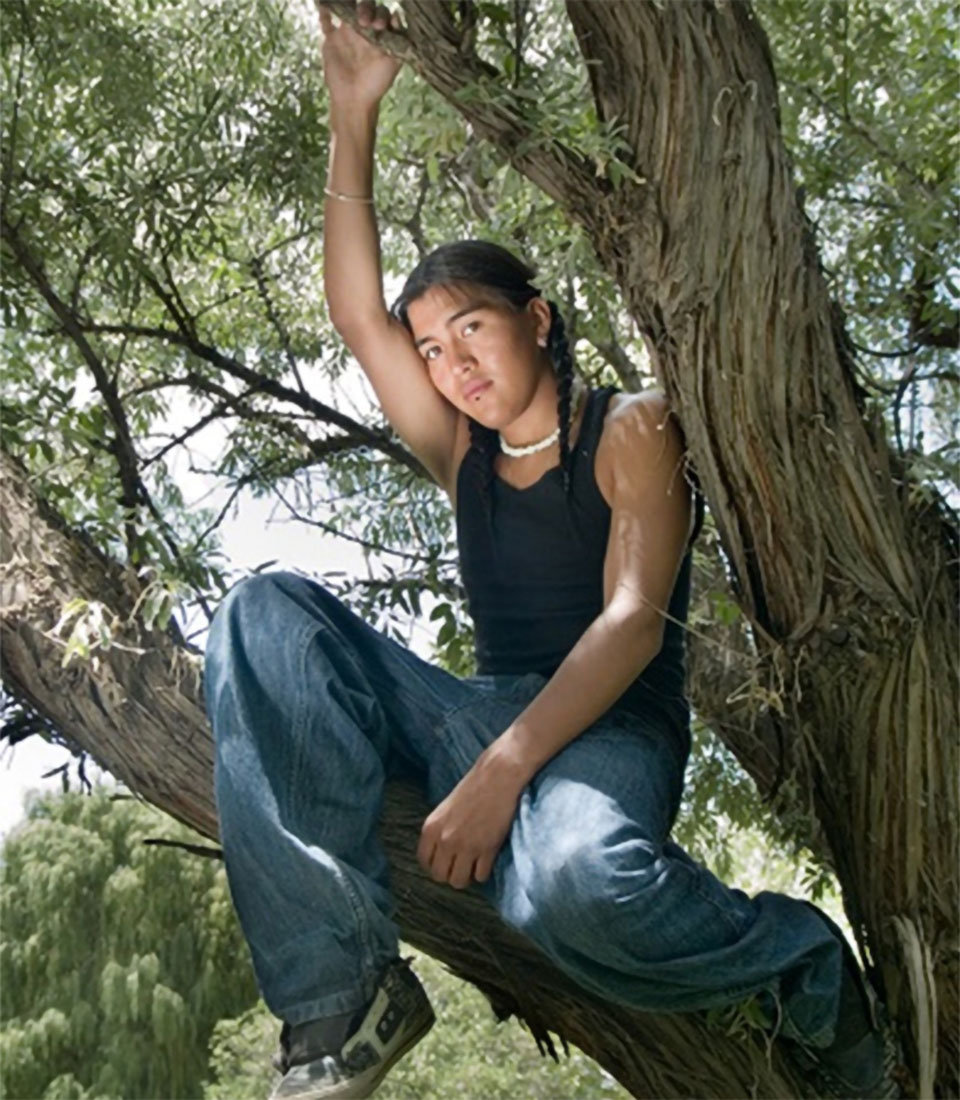At Tribal consultations and listening sessions convened by OJJDP in September and October, Tribal leaders and other Native stakeholders reiterated a message they consistently communicate to OJJDP—that Native youth benefit when courts weave Native culture, values, and traditions into their programs and services. Tribal youth who feel connected to their Native communities are more likely to feel spiritual, emotional, and behavioral balance, and less likely to enter the juvenile justice system, attendees said.
OJJDP invited leaders of federally recognized Tribes, policymakers, practitioners, and other stakeholders in Tribal communities to share feedback on Office priorities and proposed regulations concerning pass-through funding to Tribes. OJJDP also sought recommendations for ways Office funding can best support, enhance, and expand Tribal efforts to prevent and reduce delinquency and improve juvenile justice systems.
OJJDP Tribal Consultations Fulfill a Presidential Mandate
OJJDP’s Tribal consultations fulfill a charge issued by President Clinton in 2000 under Executive Order 13175, instructing federal agencies to develop “an accountable process” that ensures Tribal officials can give “meaningful and timely input” about regulatory policies impacting Tribes. The United States recognizes the Tribal right to self-governance, the order states, and supports Tribal sovereignty and self-determination. The order defines policies with Tribal implications as “regulations, legislative comments or proposed legislation, and other policy statements or actions” that directly impact a Tribe or Tribes; the relationship between the federal government and Tribes; or the distribution of power and responsibilities between the federal government and Tribes.
In January 2021, President Biden’s Memorandum on Tribal Consultation and Strengthening Nation-to-Nation Relationships
instructed federal agencies to submit detailed plans for implementing Executive Order 13175. In November 2022, the President’s Memorandum on Uniform Standards for Tribal Consultation
described a consultation as “a two-way, Nation-to-Nation exchange of information and dialogue between official representatives of the United States and of Tribal Nations regarding Federal policies that have Tribal implications.”
The Office held three virtual sessions: on September 27 for Tribes in the contiguous United States, October 11 for Tribes in Alaska, and October 27 for Tribes unable to attend the earlier sessions. OJJDP also encouraged the submission of written comments.
OJJDP Administrator Liz Ryan addressed each session, stressing OJJDP’s ongoing commitment to tailoring its work with and for Tribal youth in ways that respect American Indian and Alaska Native cultures and values. “We will listen and act in accordance with the wisdom and expertise of Tribal Nations,” she said. “We rely on your insights to ensure that the services we fund incorporate, honor, and celebrate Indigenous values while meeting Tribal needs.”
Remarks by Tribal leaders touched on several topics, including:
- Drug and alcohol use in Native communities, which is often linked to intergenerational trauma. Children in affected families often lack adult supervision and care. For many, grief and anger manifest as troubling behaviors at school and in the community; they, too, may use drugs and alcohol to cope.
- Mental health issues. Tribes need support to design, develop, and implement consistent mental health systems that address increasing youth needs.
- The value of involving Tribal elders. Youth who form relationships with Tribal elders connect with their heritage and culture. Interactions can be as simple as storytelling or collecting firewood together. If youth engage in delinquent behaviors, rekindling these relationships helps to ground them.
- Alternatives to youth detention. Speakers sought alternatives to building and populating new youth detention facilities. Tribes can provide alternative living environments where youth receive monitoring, appropriate care, life skills training, and help building relationships with their families and communities. When youth detention is necessary, it should emphasize therapeutic services, healing, and reducing recidivism.
- The need to involve Tribal courts earlier. Juvenile justice systems should transfer youth cases to Tribal courts before youth face multiple or serious charges, to increase the chance for successful intervention.
- Internet use and cybersecurity. Youth exposure to online dangers is a rising issue in Tribal communities, as Internet access and cell phone use increase.
- Inadequate law enforcement infrastructure. Many Tribal communities lack dedicated law enforcement professionals.
- Federal funding. Funding should go directly to Tribes, not distributed via states as pass-through funding.
OJJDP Sought Tribal Feedback on Four Questions
OJJDP posed four questions ahead of the Tribal consultations and listening sessions. The first three concerned OJJDP’s three priorities—treating children as children; serving young people at home, with their families, in their communities; and opening up opportunities for system-involved youth. The Office asked:
- What factors impact the ability of Tribal juvenile justice systems to keep Tribal youth out of courts and correctional facilities?
- What factors impact the ability of Tribes to serve youth in community-based programs that involve families, as an alternative to incarceration? Do mental health and substance use issues, and the availability of treatments for them, impact that ability?
- What barriers associated with juvenile justice system involvement keep Tribal youth from achieving success?
The fourth question concerned proposed regulations to clarify how Tribes qualify for pass-through funding—funding issued by a federal agency to a state agency, which is then transferred to an eligible group. Under the Juvenile Justice and Delinquency Prevention Act, to qualify for pass-through funding a Tribe must (1) be a federally recognized Tribe that performs “law enforcement functions” and (2) attempt to comply with the Act's four core requirements. Current regulations do not define “law enforcement functions.”
OJJDP is considering a proposal that would define “Tribes with law enforcement functions” as those having (1) a Tribal juvenile code outlining when a youth can be detained or confined; (2) law enforcement officers with power to arrest youth; and (3) a court that handles cases involving arrested youth and has authority to detain or confine them. OJJDP’s fourth question to Tribes asked:
- Do Tribes have concerns about the proposed definition of “law enforcement functions,” which will be used to determine which Tribes qualify for pass-through funding?



